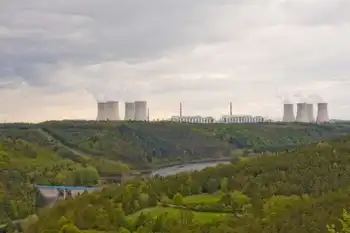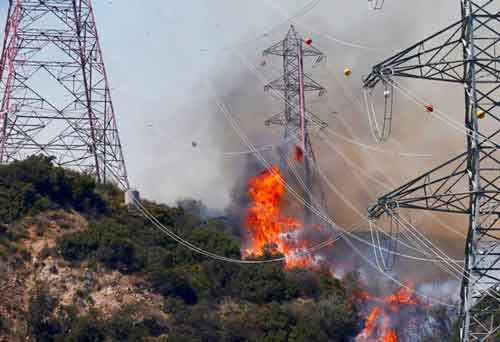Oyster Creek reactor to close by 2019
By New York Times
CSA Z463 Electrical Maintenance
Our customized live online or in‑person group training can be delivered to your staff at your location.

- Live Online
- 6 hours Instructor-led
- Group Training Available
Exelon Nuclear, which owns the reactor, in Lacey Township in Ocean County, has been negotiating with Gov. Chris Christie on the issue since he took office this year, said ExelonÂ’s chief nuclear officer, Christopher M. Crane.
Installing cooling towers “would cost us significantly more than the current value of the plant,” Mr. Crane said in a telephone interview. Under Gov. Jon S. Corzine, the previous state administration had approved a draft environmental permit for the plant that would have required cooling towers so the plant would stop pumping hot water into Barnegat Bay.
The plant, the oldest operating power reactor in the United States, was built in 1969 by Jersey Central Power and Light Company. Exelon and a partner each bought a 50 percent share in 2000, and Exelon bought the partner out in 2002.
Exelon ended up buying the plant for about $10 million, and has spent about $100 million since 2000, Mr. Crane said. While the plant has been profitable, its small size and a weak market for electricity in a recession make additional major investments impractical, he said.
If expensive parts need to be replaced before 2019, he said, it might close before then.
Oyster Creek has about 700 employees.
A similar debate over cooling towers is getting under way over the Indian Point reactors on the Hudson River in Buchanan, in Westchester County. Like Indian Point, Oyster Creek faces various foes, including some who worry about hot water discharges into the bay and others who oppose nuclear power in general.
At 630 megawatts, Oyster Creek was the first large-scale commercial reactor in the country. It survived a tortuous process to win a 20-year extension of its operating license in April 2009 from the Nuclear Regulatory Commission. In the late 1980s, operators discovered that it had suffered extensive corrosion in a steel liner, raising doubts about whether the reactor could survive an earthquake.
The commission granted the permit after lengthy engineering studies. The plant supplies about 6 percent of New JerseyÂ’s electricity.
While a 1954 law gives the federal government exclusive jurisdiction over nuclear safety, the states often enforce federal environmental laws within their borders, controlling aspects like water use permits. That is the basis on which New York State is trying to force Entergy, the owner of the Indian Point plants, to build cooling towers there.
Adding to the financial challenge of building cooling towers, such plants are struggling with a decline in demand for electricity, a plunge in wholesale prices and a surplus in generating capacity. What is more, the price of natural gas is low at the moment and is expected by many analysts to stay that way, making it a more attractive source of energy. Coal plants are also under pressure.
In Oyster Creek’s case, the plant’s relatively modest output also limits income. “Its size is definitely a huge contributor” to the decision, Mr. Crane said.
A near-twin of Oyster Creek, Vermont Yankee, may be closed in 2012 because the State of Vermont has refused to grant a permit the plant would require. Its owner, Entergy, has put the reactor up for sale, also noting that its small size limits its value.
After the Oyster Creek plant is shut by the end of 2019, Exelon will take about two years to put its components “in layup” but will not tear it down for at least 10 years after that, and possibly not for 60 years, Mr. Crane said. The company has accumulated $750 million for decommissioning, which he called adequate.
Exelon is the nationÂ’s largest nuclear operator, with 17 reactors.
There are 104 operable nuclear reactors in the United States. The last two to be retired was the Zion plant north of Chicago, built by ExelonÂ’s predecessor, Commonwealth Edison, and Millstone I, in Waterford, Conn., both in 1998.
Connecticut Yankee, in the town of Haddam Neck, closed in 1996, and Maine Yankee, in Wiscasset, in 1997.











